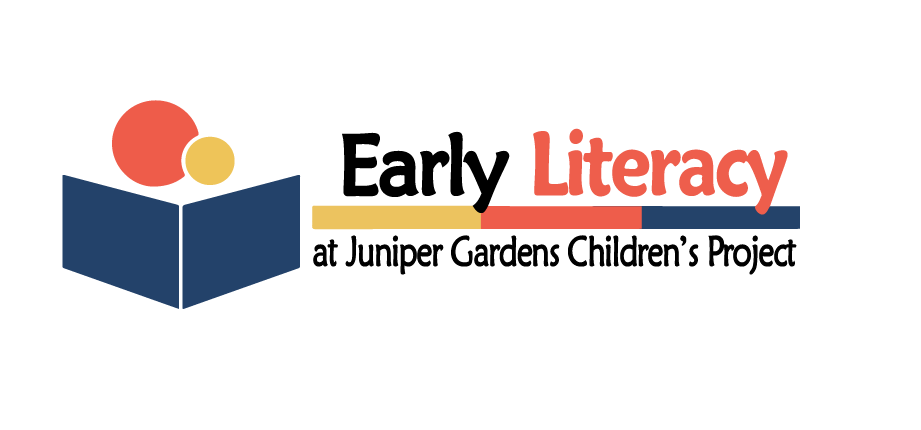CIRCLE
Code for Interactive Recording of Children’s Learning Environments
Video Overview of CIRCLE
What is CIRCLE?
The CIRCLE is a preschool classroom observation instrument that provides the user with often overlooked and typically unavailable information that adds precision to make intervention decisions. Using CIRCLE, an observer records a running record of the interactions occurring between children and the teacher in the classroom including the activity situations/contexts in which they occur vastly more accurate than teacher recall.
The data are collected by an observer using the CIRCLE mobile app on a tablet computer or smart phone. Collected data are uploaded to a computer for processing, including scoring and reporting. The CIRCLE product includes a manual for training observers in the reliable use of the CIRCLE instrument, data collection software pacing the collection of individual observations, a database, software for managing data accumulation, and software for managing data analysis and reporting for results.
The value added by CIRCLE data is the greater precision it can add to intervention/program improvement decisions that are currently made in the absence of data regarding the current effort to instruct and children’s response to that effort.
How Does CIRCLE Work?
CIRCLE records the observed classroom arrangements, activities, teacher and child behavior in real time. Scores produced include the percentage of occurrence of specific events (The CIRCLE Taxonomy) from the perspective of individual focus children. The three categories of events recorded during an observation are:
1. Classroom context consists of the activities that the teacher is providing such as large group, story time or meal/snack time. Within a context, the subject of instruction can also be identified (literacy, numeracy, etc.).
2. Teacher behaviors are recorded, for example reading to the children, asking questions, or listening to a child’s response, etc.). Other aspects of teacher, for example who the teacher is addressing at the moment, the whole group or only a focal child, can be recorded.
3. Three categories of Child behaviors are recorded: Literacy engagement, Other engagement, and Other behavior as shown in the CIRCLE taxonomy. This information can help teachers and service providers identify patterns or circumstances that are either beneficial or related to a lack of positive social or academic engagement for the target child.
CIRCLE Provides Data That Can Be Used To Address These Questions:
- What percentage of time children are exposed to teacher literacy focus (e.g., letters, words, sounds, etc.)?
- What is the emphasis placed on specific literacy content?
- To what extent are children engaged in literacy behaviors (e.g., attention, writing, talking, etc.)?
- To what extent is a child with an IEP actually included in instruction and social activities with the teacher and peers?
- What inappropriate behaviors of a focal child are observed and in what settings/situations?
Why CIRCLE?
Unfortunately, widely-used preschool observational measures currently do not provide the level information CIRCLE aims to provide. They are not designed to inform decisions about what children skills should be taught and learned in preschool, do not measure child-level information, or do not measure instruction-child behavior co-occurrence as does CIRCLE. Those few that do measure individual child-level information and instruction-child behavior co-occurrence are not designed for use by early childhood staff, require video capture, and coding software to be used outside of the classroom and are not yet feasible for practice.
